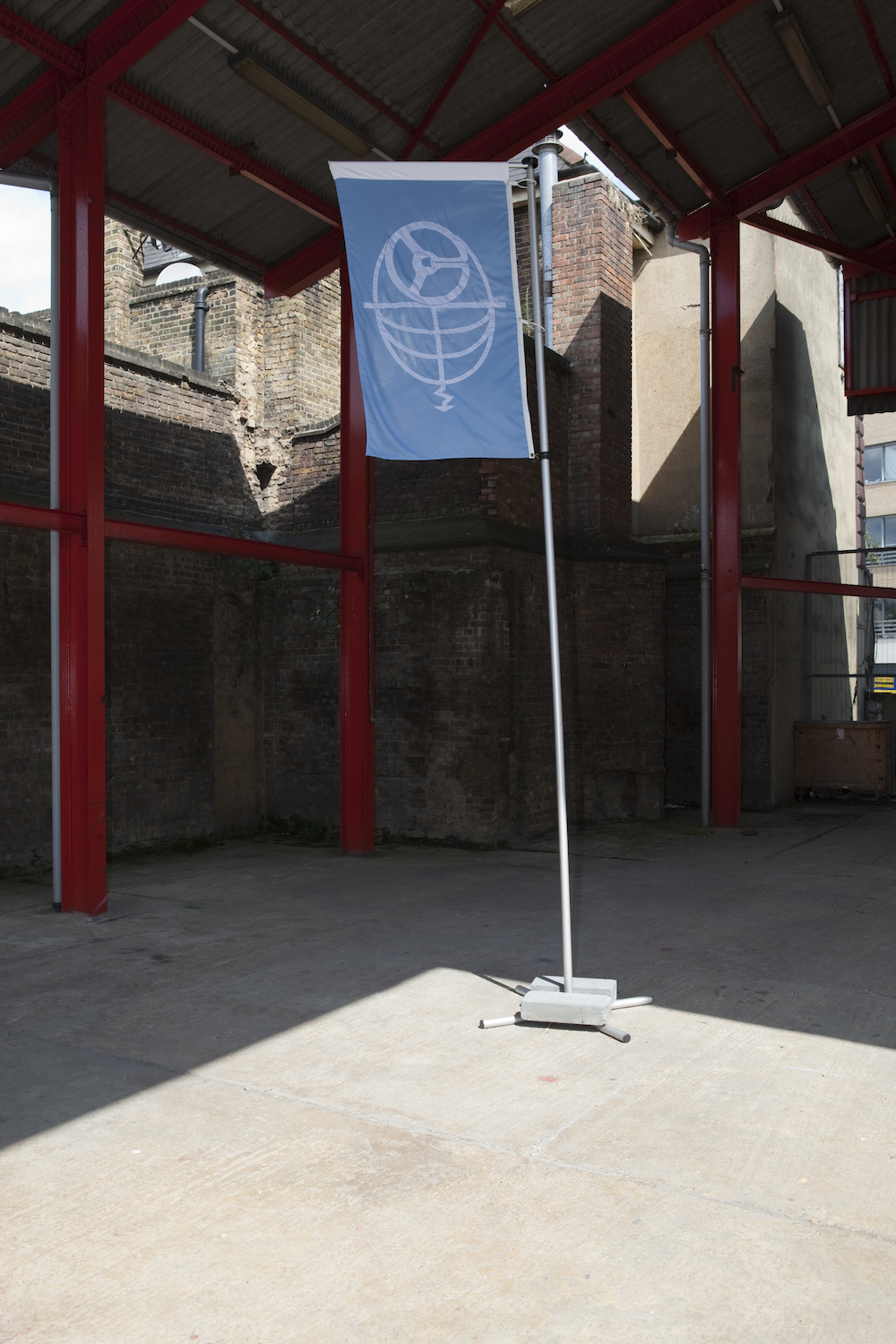Sound Escapes
SPACE, London, UK
SPACE, London, UK

A sound art exhibition which focuses on the act of listening and the ongoing process of interaction with our sonic environment takes some time to absorb, and on first impressions the installations, texts and photography in Hackney’s SPACE gallery seemed simple and subtle, with no overt grabs for attention. However, it soon became clear that each work contained questions and challenges, overlapping and unfolding like the sounds of city life a number of them drew on for source material.
Some of the exhibition’s immediate visual tropes were those of research and the laboratory – notably Dawn Scarfe’s Listening Glasses (2009), glass resonators built to the specifications of 19th-century acoustician Hermann Helmholtz, and The Eden Experiment (2007), Nikolaus Gansterer’s playful installation referencing research into the effect of music upon plant growth. However, the great strength of ‘Sound Escapes’ was not only the inspiration it took from scientific methodologies, but also its engagement with scientific studies of sound, ultimately presenting this work as a discrete part of the exhibition. Curators Angus Carlyle and Irene Revell brought together findings from the Engineering and Physical Sciences Reasearch Council’s Positive Soundscapes Project, and various academic sources, and presented them in a free publication, edited by Electra Productions. Research strands came from areas as diverse as health sciences, acoustics research and engineering – a multidisciplinary approach that echoes the pioneering work of the originator of the term ‘soundscape’, R. Murray Schafer.
Soundscape is understood to mean a sonic environment: from this impartial description, any number of aesthetic, social and ecological viewpoints can shape the resulting material, and much soundscape work has a preservationist, conservationist character. As the title suggests, the Positive Soundscapes Project seeks to move away from imposing qualitative judgement upon sound, and in particular the negative connotations of ‘noise’, instead encouraging people to communicate their own experiences of place and sound. Peter Cusack is a longstanding proponent of this approach, and his Favourite Sounds Map (2007–9) developed his ‘Favourite Sounds’ CD releases into a web portal enabling participants to navigate the aural landscapes of particular cities via maps and aerial views. His Soundscape Sequencer (2007–9) was yet more participatory: sounds recorded in St Ann’s Square, Manchester could be sequenced and mixed via a simple visual interface developed by new media artist Nicolas Marechal. Elsewhere, urban ambient noise was simulated in Camille Norment’s installation Driveby (2007–9), which set up the window-shaking boom of a bass-heavy car stereo in a corridor, and Simon Elvin’s etching Silent London (2006). This understated, braille-like piece aims to subvert noisemapping – done by environmental health agencies to chart the impact of ‘negative’ noise via graphic representation of decibel levels – by showing the city’s quietest areas as the denser visual material, a neat inversion of how we visualise noise and silence, and querying the usefulness of such government-approved mapping. Both the latter and former pieces asked valid questions about how our perception of environmental sound is related to its context, yet Cusack’s more continuous, engaged work went further in offering practical responses to these questions.

The focus on the experiential also resulted in works addressing the physiological experience of hearing, most effectively realized by Jacob Kirkegaard with Labyrinthitis (2007). This installation, which was released as a CD on Touch Records in 2008, explores the phenomenon of ‘distortion product otoacoustic emission’, in which the combination of two frequencies cause the ear itself to generate a third. That these self-generated frequencies can be recorded at all is of course interesting, but Kirkegaard’s use of the phenomenon as compositional tool, as he uses the frequencies to generate more, in a spiral effect, is hypnotic, conceptually skilful and deeply musical, although as an installation it was visually unassuming.
Carlyle writes in the exhibition publication of his use of oblique and collaborative techniques in order to redefine our relationship with sound, and it is indeed possible to read some aspects of ‘Sound Escapes’ as a critique of attempts to impose ownership upon how sound is experienced or interpreted, whether by art or science. Most indicative of this was one installation that stood apart from both fields: on a pole outside the gallery stood the flag of the French amateur recording association, Féderation Internationale des Chasseurs de Sons (International Federation of Soundhunters). Active since 1956, and comprising sound-recording groups from various countries, the FICS flag was a reminder that the practice of recording sound is open to all; that awareness of aurality is not only in the hands of researchers, sound artists and audio ecologists. I would have liked more information about FICS, yet sensed that placing their recordings in a gallery context would be problematic, perhaps bestowing on them an undeserved eccentric, ‘outsider’ status. Their presence in this exhibition was therefore chiefly symbolic, but it was also very welcome.
























